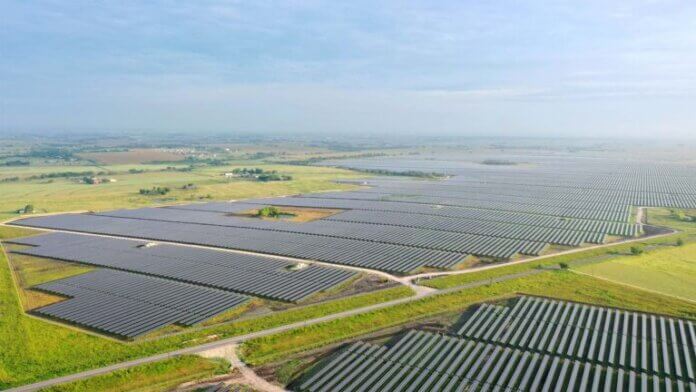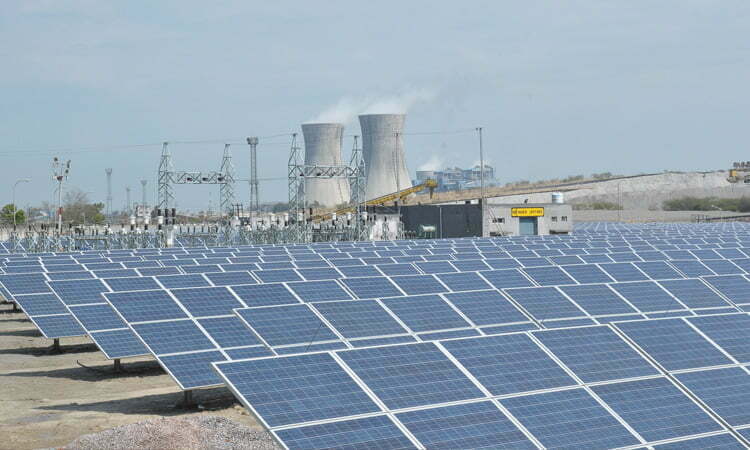Powin Energy’s Centipede battery energy storage platform, which it will use for the project. Image: Powin Energy.
System integrator Powin Energy has been chosen by Idaho Power to supply 120MW/524MW of battery energy storage system (BESS) projects, the state’s first utility-scale storage developments.
The BESS projects are set to come online in summer 2023 and Idaho Power said they will help maintain reliable services during periods of high use, and help the utility achieve 100% clean energy by 2045. It still needs to be approved by the regulator and will likely comprise a 40MW and a 80MW system at separate locations.
The 40MW system may be at the Black Mesa solar facility in Elmore County, while the larger project could adjoin the Hemingway substation near the city Melba, although other sites are being considered for both.
“Battery storage enables us to use existing generation sources efficiently while setting the stage for more clean energy in the coming years,” said Adam Richins, Idaho Power senior vice president and chief operating officer.
Powin Energy will supply its Stack750 product, part of its Centipede platform, for the projects which will have an average duration of 4.36 hours. The modular BESS platform uses lithium iron phosphate (LF) battery cells from CATL and EVE with a cycle life of 7,300 and a DC round trip efficiency of 95% at four-plus hours, according to a datasheet from the Portland, Oregon-based firm.
Idaho Power submitted a request to the northwestern state’s Public Utilities Commission to determine whether the project proposal is in the public interest last week. It follows a request for proposals (RFP) in May last year for new resources coming online in 2023.
Powin’s press release said a strong economy and population growth are driving Idaho’s need for additional power capacity while transmission constraints have limited its ability to import energy from the Pacific Northwest and elsewhere. The state is seeking 1,700MW of energy storage and more than 2,100MW of solar and wind capacity by 2040, according to its latest integrated resource plan.
Powin Energy was the fifth-largest BESS system integrator in 2021 according to IHS Markit’s annual rankings report, after Fluence, NextEra Energy Resources, Tesla and Wartsila.
The company recently scored 5.8GW of BESS project orders from four developers in Taiwan and the US for a 2022-24 delivery timeframe and also recently entered the Indian market through a partnership. Executive VP Danny Lu contributed to a year-in-review article on Energy-storage.news in December.
Continue reading










